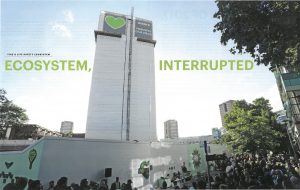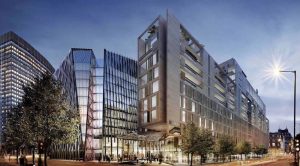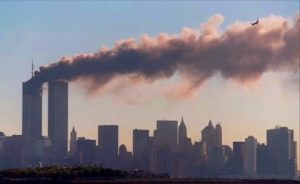The 56 page report from the Fire Brigrades Union (FBU, Surrey UK): The Grenfell Tower Fire – A crime caused by profit and deregulation
Link to the Fire Protection Association (UK, FPA) response to the Grenfell Tower Inquiry: Phase 2 Report, September 2024. Inquiry Phase 2 Report Response.
Link to the Grenfell Tower Inquiry, set up by the Westminster government (UK): www.GrenfellTowerInquiry.org.uk
Link to the report, released in November 2024, by NFPA Journal, Winter 2024, by Scott Sutherland: Ecosystem, Interrupted.
PDF file of the report from NFPA Journal: Ecosystem, Interrupted.
Link to the report, released in June 2019, by International Code Council (ICC) report by Beth Tubbs, Sr Staff Engineer. Impact of the Grenfell Tower Fire on the US Building Regulatory System.
This report, from FBU, was released in September 2019. The deadly fire at Grenfell Tower, a high rise residential apartment building in West London, occurred between midnight and 0100 hrs on 14 June 2017. It burned for 60 hours, 70 people died at the scene from smoke inhalation and fire. Two additional people died later at the hospital. More than 70 additional people were injured and 223 people escaped.
The fire was started by an electrical fault in a refrigerator in the kitchen of a flat on the fourth floor. This spread rapidly up the building’s exterior, bringing flames and smoke to all residential floors, accelerated by dangerously combustible aluminum composite cladding and external insulation, with an air gap between them enabling the stack effect.
The rapid upward vertical fire spread at Grenfell Tower was primarily due to the presence of a particular kind of cladding: aluminum composite rainscreen cassettes with polyethylene filler material. There was also an air gap between the cladding and the original exterior surfaces. This was not the first fire that spread rapidly up, down and around the outside of a high rise building because of the use of flammable aluminum composite cladding. Similar cladding was used on high rise buildings in other parts of London, the Middle East and Australia. This was discovered when these several buildings also were destroyed by fast spreading fires. This problem has happened in renovated existing buildings after the cladding was added to increase the insulation of the original building exterior and to decrease air infiltration around various fenestrations. This problem has happened in newly constructed high rise buildings when the exterior cladding was added to improve the appearance and soften the corners.
In the US, in 2016, the NFPA Journal published an article that contained a foreboding and sadly prescient statement about the threat posed by combustible exterior wall assemblies. The concern voiced by Donald Bliss, the author of this report, and other fire professionals around the world – and the primary reason for the increase in high-rise façade fires – was the introduction of combustible materials into these façade systems.
Fires involving the facades of high-rise buildings have been covered by the global media for years. In many of these incidents, spectacular fires have spread up the exteriors of buildings at high speed, engulfing the structures in a matter of minutes. Most of these fires produced few if any fatalities, and as a result much of the world failed to realize the hazard presented by combustible exterior wall assemblies. Fires that spread on the outside of buildings, feeding off combustible exterior wall assemblies, used to be very rare. Over the last 30 years, however, the number of these fires has increased dramatically. According to research done at Imperial College in London, the frequency of façade fires in large buildings has increased by seven times in the last three decades. Other researchers have identified 59 fires involving external walls on high-rise buildings between 1990 and 2018, with 36 of these occurring since 2010.



